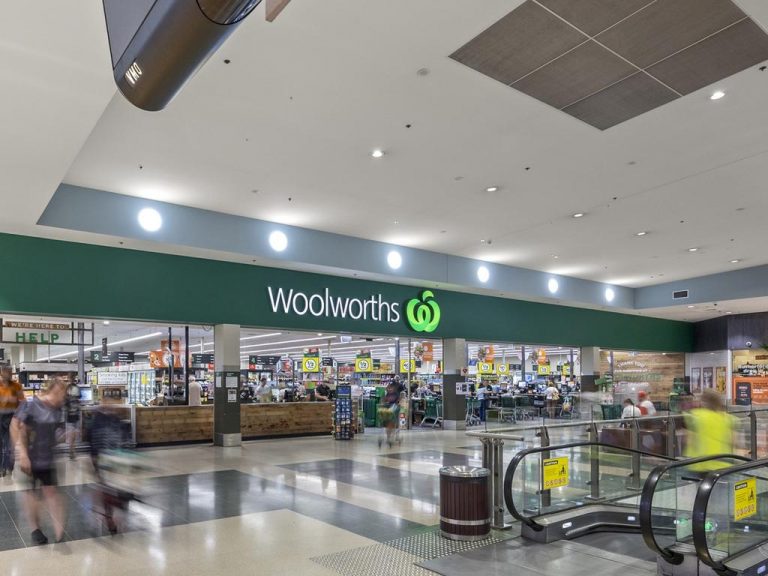Vinyl revival: What went wrong for music megastores like Sanity and Brashs
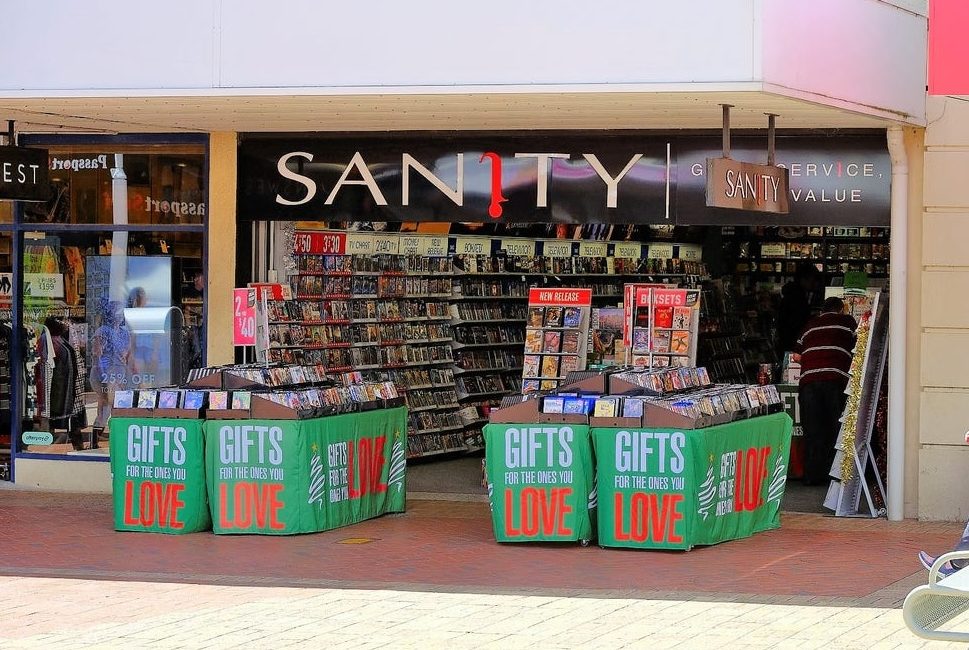
Major music chains like Brashs, HMV and Sanity have largely disappeared from the retail landscape, yet small independent record stores are still going strong. How did we get here?
During the 1990s – the last truly lucrative decade for physical music sales – brick and mortar record stores were found on every high street and in every shopping mall across Australia.
In Sydney alone, more than 50 record stores existed within an eight-block radius of the city’s CBD – not including the 20-plus specialist stores in neighbouring Darlinghurst and Surry Hills.
Today, within those same eight blocks, only three stores remain – Birdland, Red Eye Records and Utopia Records.
All of them are independent.
The Brashs days
The ‘90s retail landscape was once a healthy mix of major stores and independents, but it was the superstores that truly dominated the market.
But long before brands like Sanity and JB Hi-Fi became the go-to destinations for commercial-leaning physical music, Brashs was the pick of Australia’s music outlets.
The business launched way back in 1862 with a single store on Melbourne’s Elizabeth Street, selling pianos and other musical instruments.
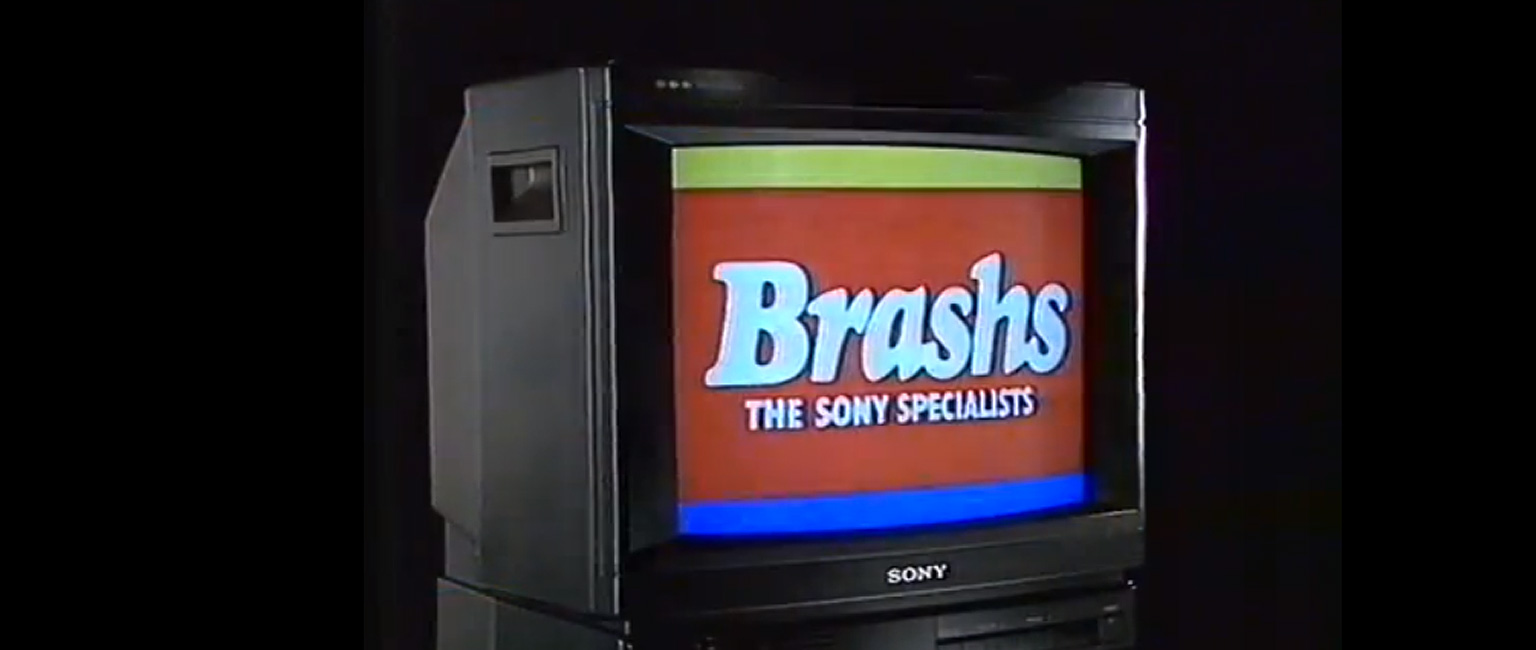
Brash’s was one of the biggest names in Australian music retail in the 1980s.
It grew to become the largest music retailer in New South Wales, boasting a fleet of stores that included prime space at 244 Pitt St in Sydney’s CBD – now the site of the ANZ tower.
Sydney DJ Trent Rackus remembers Brashs as more than simply a place to buy CD singles and the latest Top 40 albums.
“They had a vast offering of music across multiple formats – cassettes, CDs, vinyl – but they also sold electronics and whitegoods,” recalled Mr Rackus.
“They were essentially what JB Hi-Fi is like today.”
Sale of the Century host Tony Barber became the advertising face of Brashs during the 1980s and ‘90s, endorsing their affordable hi-fi systems, VHS players, microwaves and TVs.
In 1998, the company fell into receivership with debts owing $80 million, forcing the closure of all 105 stores and the firing of 2,000 employees.
Some stores were sold to The Good Guys, while others were acquired by The Brazin Group – the company that conceived the Sanity brand.
Losing sanity
Sanity began its life in 1980 with just a single store, Jetts, in Pakenham, Victoria.
By 1998, it had become the largest music retailer in Australia, with massive sales of CDs and DVDs its bread and butter.
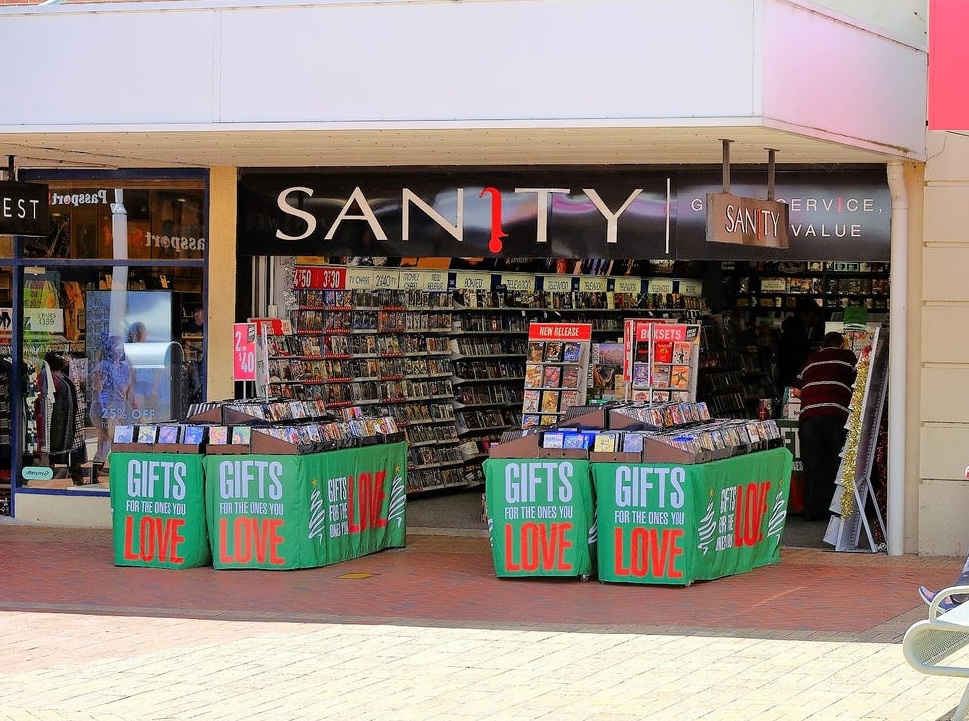
At its peak, Sanity had more than 200 stores across the country. Picture: realcommercial.com.au
In 2009, the Sanity chain had ballooned to 238 stores, which included ‘original’ Sanity stores and localised versions of UK brands Virgin and HMV.
The company also expanded into the UK market, purchasing 77 Our Price stores from Virgin Group and popping up on high streets and concourses across the region.
But as the years rolled on and the fast-changing retail space grew ever more challenging, the tune changed for the Sanity brand.
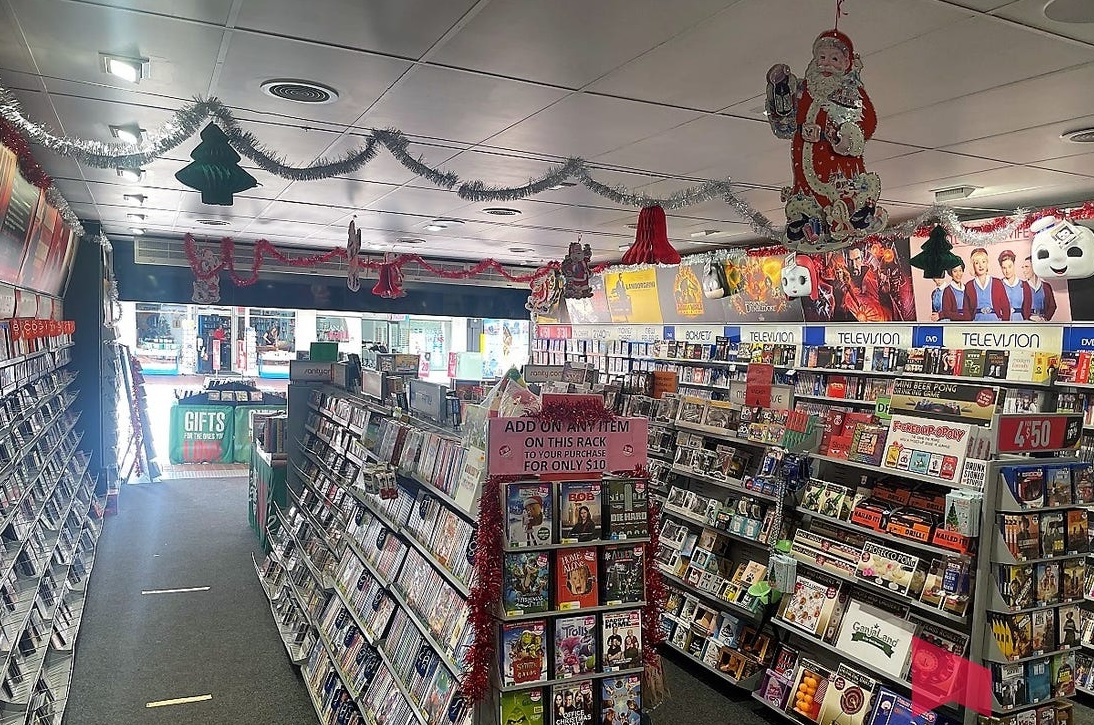
After closing its brick-and-mortar stores, Sanity now operates online only. Picture: realcommercial.com.au
While it had pivoted to online sales, by April 2023, the brand’s remaining 50 stores closed for good.
“With our customers shifting to digital for their visual and music content consumption, and with diminishing physical content available to sell to our customer, it has made it impossible to continue with our physical stores,” Sanity CEO and owner, Ray Itaoui, said at the time.
How the mighty fell
The business model of the megastore was simple: make everyone buy their old vinyl records on CD.
And it worked… for a while.
Ironically it was the introduction of another new technology – digital music and streaming – that led to the megastore’s downfall.
Mr Rackus noted how stores like Sanity grew to be so big they simply became unsustainable.
“Most of these businesses were located in high traffic, high rent areas like the CBD. They were massive so that they could house all their stock and had huge staffing costs,” he explained.
“The outgoings for those stores would’ve been exorbitant. It’s no wonder they collapsed once the digital revolution came along.”
The vinyl revival
As the dust settled on the collapse of the megastore, something unexpected happened.
In the mid 2000s, music fans began to rediscover vinyl.
Suddenly independent stores were no longer the stomping grounds of the obsessive digger or local DJ, but the everyday customer too.
In the last two decades, the vinyl market has continued to grow from strength to strength.
New data released by ARIA in March of this year showed sales of vinyl albums were up 14.1% to $42.1 million, with the format representing 70% of total physical sales in 2023 by dollar value and 42% of physical sales by volume.
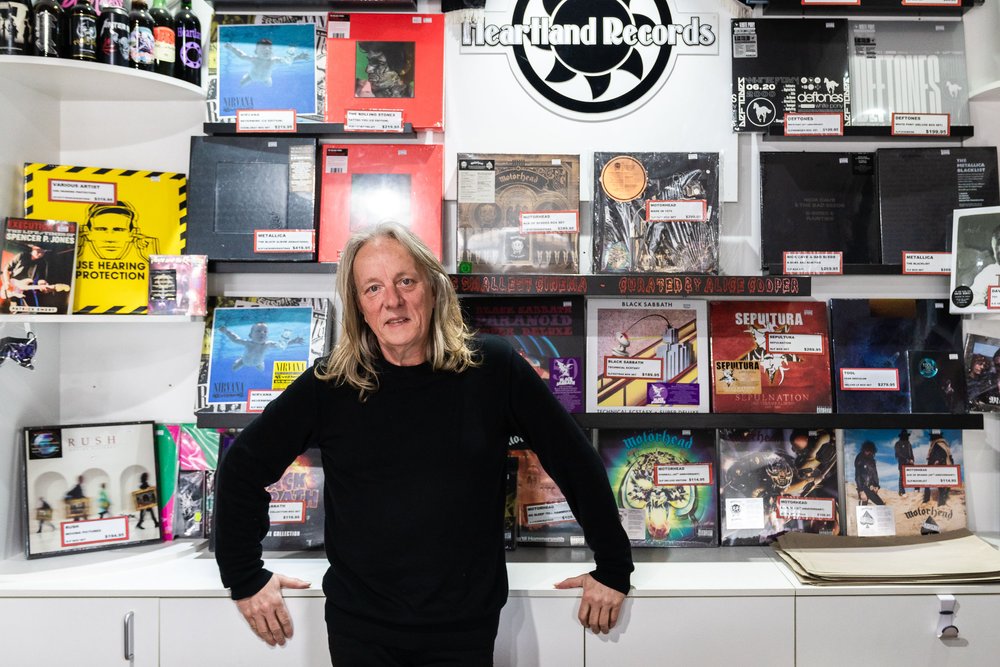
Heartland Records owner and operator, Paul Cook. Picture: Supplied
Paul Cook, owner and operator of Heartland Records in Melbourne since 1993, was surprised by the intensity of vinyl’s comeback.
“Anyone who says they saw it coming is full of it. Sure, the format never really went away, but its resurgence has been surprisingly strong.”
“I’ve heard the same story so many times now,” said Mr Cook. “People who threw out their records, bought CDs, and are now they’re buying back their collection on vinyl.”
Mr Cook has been particularly taken aback by the younger generation’s enthusiasm for vinyl records.
“These kids will come into the store asking for something really obscure and I just think, wow, how do you know about that song? You’re like 16! It’s quite impressive.”
“And then you find out it’s because they heard it on a film soundtrack or a Netflix show,” he chuckled.
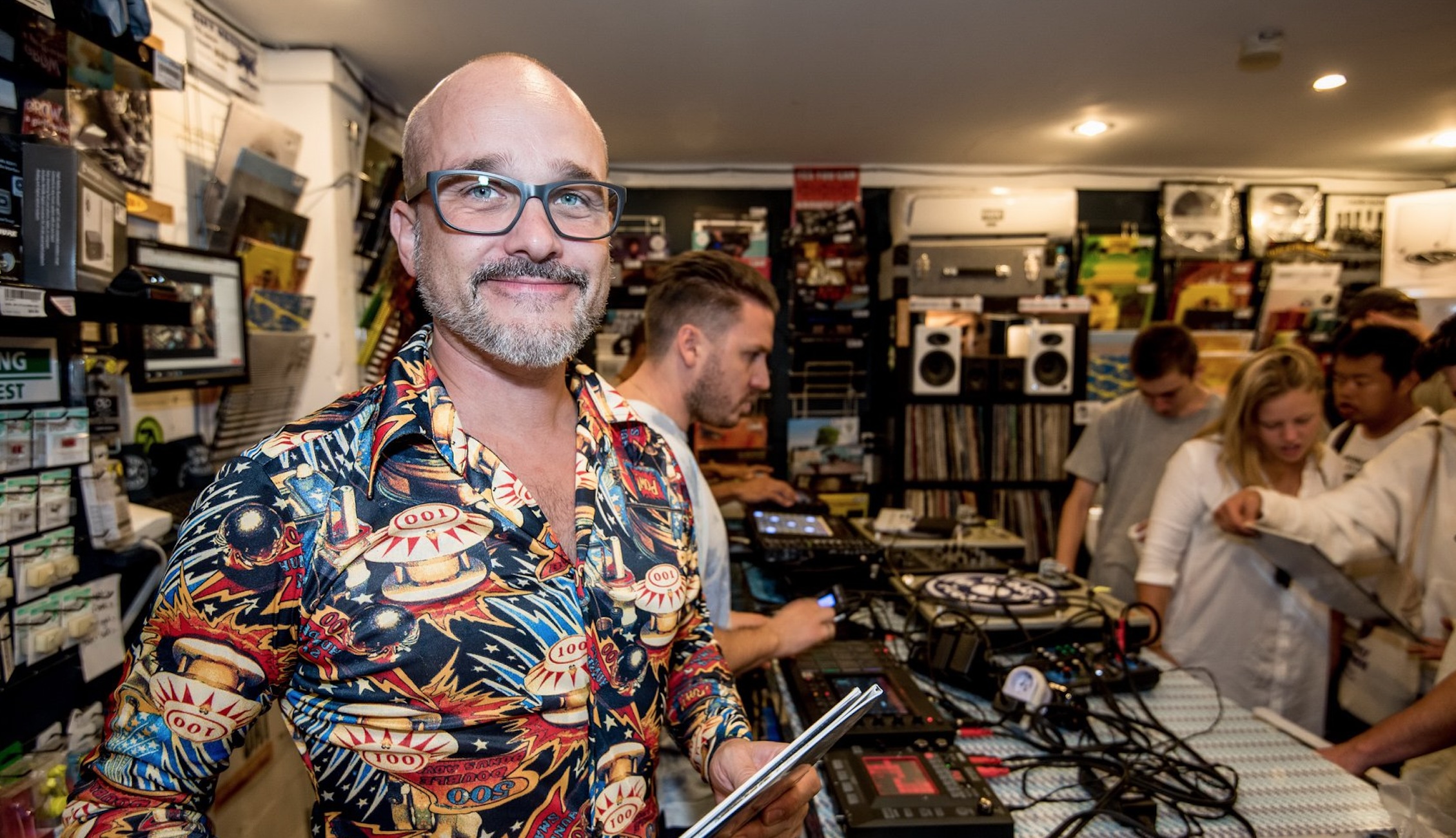
The Record Store co-owner, Steph Gyory. Picture: Supplied | Photo by Robert Knapman
Steph Gyory, co-owner of The Record Store in Darlinghurst, said people are returning to vinyl because digital music has set the bar “so low”.
“It’s too accessible and everybody’s got the same music. And platforms like Spotify can cancel your favourite artist, or a musician can be pressured to change their lyrics if they offend someone,” he said.
“I asked an 18-year-old recently why they liked vinyl and they answered, ‘because it’s real.’ Which, if you’ve grown up in a digital world, makes sense.”
Mr Gyory has also noticed the younger generation discovering vinyl, with many frequenting his store after discovering their parents’ record collections during Covid.
“They’re bonding with the older generation’s music, which is really cool.”
Second time around
One of the most significant ways independent stores have outlasted the big chains is via the second hand vinyl market, according to Mr Rackus.
“New product is really only a small percentage of what these stores sell. The majority of their income actually comes from reselling.”
“For example, a store will often buy a big vinyl collection from someone who had a family member who passed away. They’ll pay them, say, a dollar a pop for 600 records. Some of those will go to straight to the dollar bin, but some might be worth $20 and others up to $60,” Mr Rackus said.
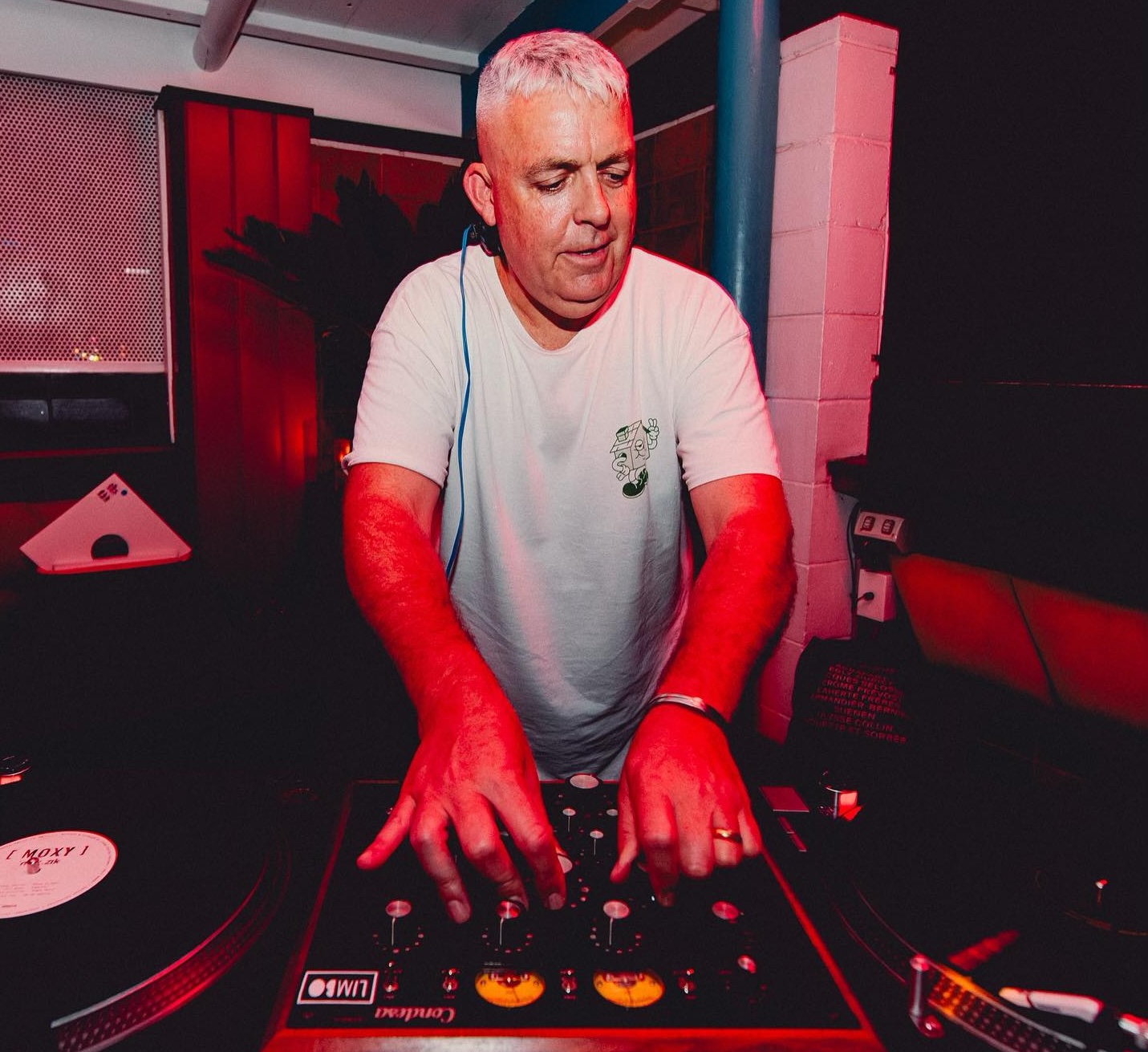
Sydney DJ Trent Rackus. Picture: Supplied
“All in all, their $600 investment can turn a profit upwards of 300% by either selling them in-store or online via a site like Discogs.”
Mr Gyrory said his store “wouldn’t survive” if it weren’t for the second hand market.
“There is 70 years-worth of vinyl out there in the world that still sounds great and is playable. And we get a lot of people buying it.”
For the love of the game
Despite opening Heartland Records long before the digital revolution changed the retail game, Mr Cook called 1993 “perhaps one of the worst times” to open a record shop.
“Most people gave me six months. I didn’t have any retail experience and no idea what I was doing,” he said.
“But I kept going because I love it.”
Mr Gyory tells a similar story.
“I didn’t know what else to do, and most record store owners will tell you the same,” he said.
“But we do it because we love vinyl and we love the lifestyle, even if it’s not making you tonnes of money.”
View this post on Instagram
“If you want the short answer of why we’re still standing, it’s because we care about our customers and we can react in real time to market conditions,” added Mr Gyory.
“I don’t think big chains had the capacity to do any of those things.”

